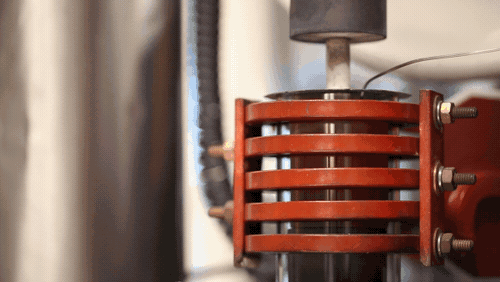Battery breakthrough: Doubling performance with lithium metal that doesn’t catch fire Longer-lasting drop-in replacements for lithium ion could be on the horizon These two headlines top a report by Angela Wegrecki from the University of Michigan’s News Service, and despite their hopeful vibes, may even elicit yawns. We see similar claims regularly, accompanied by promises of a five-year wait for the production models to begin rolling off the line. Most batteries are developed by researchers working with small budgets and small facilities. Thomas Edison had 40 assistants working with him to test the 1,600 different filaments tried before hitting on a carbonized sewing thread that gave the light he was seeking. The University of Michigan has 2,700 square feet and probably numerous different researchers who want to use that space for different efforts. In that space not much larger than an average American home, scientists are extracting promising results. When the new lab was commissioned in 2015, it was already …
A Car (or Airplane) With That Cool Carbon Fiber Look
A research team at Australia’s Queensland University of Technology combined talents with scientists at Rice University in Houston, Texas to produce all-carbon structural panels that rival the best lithium-ion batteries for energy density, but can also be charged as quickly as supercapacitors. In fact, the panels are supercapacitors, “a ‘sandwich’ of electrolyte between two all-carbon electrodes,” made into “a thin and extremely strong film with a high power density,” according to researchers. These lightweight supercapacitor panels can be combined with “regular” batteries to “dramatically boost the power of an electric car.” This application would not be unlike Dr. Emile Greenhalgh and Volvo’s structural/electrical body panels. Postdoctoral Research Fellow Dr Jinzhang Liu, Professor Nunzio Motta and PhD researcher Marco Notarianni, from QUT’s Science and Engineering Faculty – Institute for Future Environments, and PhD researcher Francesca Mirri and Professor Matteo Pasquali, from Rice University in Houston, in the United States, created this breakthrough. They think the film could be embedded in a car’s body panels roof, doors, bonnet …

